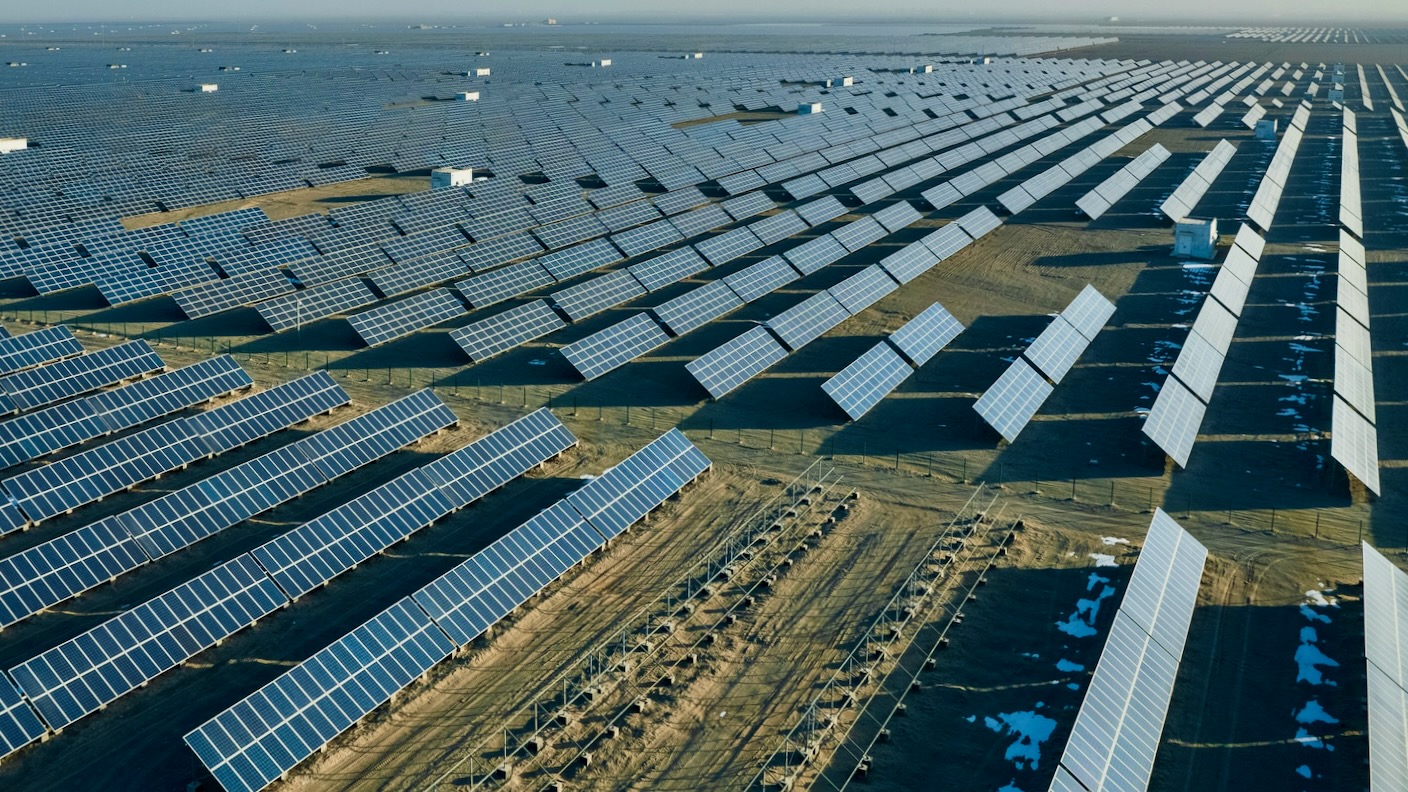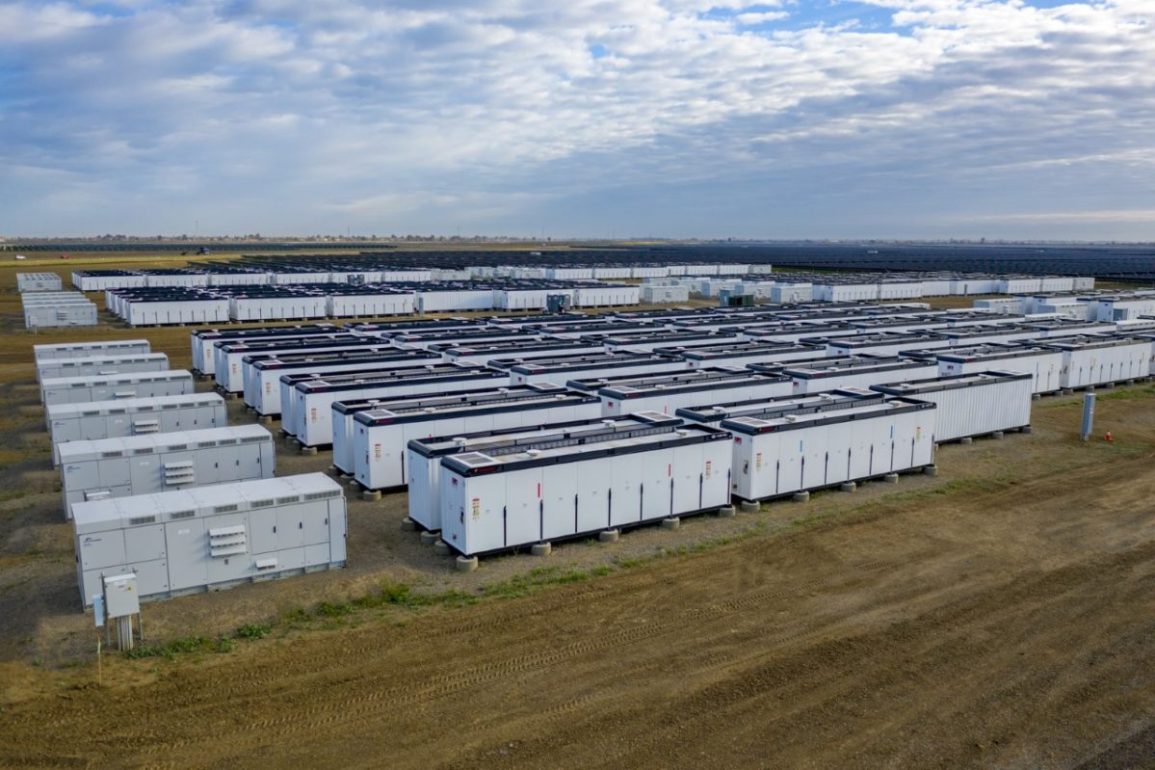The United States is rapidly installing utility-scale batteries to support its electricity grid, increasingly reliant on renewable energy sources like wind and solar. In recent years, battery storage capacity has expanded significantly, with over 20 gigawatts (GW) installed, and projections suggest this could double to 40GW by 2025.
This expansion allows batteries to store excess energy generated during peak solar and wind production times and release it during periods of high demand or low renewable energy generation. This development represents a critical step toward reducing power blackouts, a growing issue in the face of climate-driven disasters and an aging grid infrastructure.
Leading the charge in battery storage are California and Texas, where high deployment rates are helping stabilize their energy grids. In California, for instance, large-scale battery installations have been instrumental in preventing blackouts during extreme heatwaves, which historically caused power shortages due to increased air conditioning use and wildfire-related damages.
California’s largest utility, PG&E, highlighted the effectiveness of battery storage, noting its ability to store and dispatch energy on demand. This represents a significant improvement over traditional grid systems, which weren’t originally designed to incorporate such technologies.

Battery storage offers a transformative opportunity in grid reliability, especially as renewables create fluctuating energy supplies. John Moura from the North American Electric Reliability Corporation emphasized that while battery technology is still new to grid infrastructure, it presents a “golden opportunity” to balance power production and consumption effectively.
Batteries provide a way to store renewable energy and release it as needed, fundamentally shifting the way electricity is generated and delivered. This ability to “time-shift” energy enhances the reliability and resilience of the electric grid, a crucial factor as the energy transition accelerates.
However, challenges remain, as current battery technology can only store energy for short periods, while extended periods of low renewable generation, known as “Dunkelflaute” in Germany, require other solutions. Extended durations of energy storage would be essential for a fully reliable renewable grid, but current batteries fall short of meeting these needs alone.
To fully transition to a clean grid, upgrades to transmission infrastructure are necessary to allow energy to be transferred across long distances quickly, though these efforts face regulatory and environmental opposition, complicating the path to a fully renewable grid.
Despite these challenges, the potential of battery storage to support the renewable energy transition is widely recognized. The International Energy Agency (IEA) has projected that by 2050, batteries could fulfill up to 40% of short-term electricity needs worldwide, positioning them as a key asset in the future of global energy.
While significant progress is being made in battery deployment, experts like Moura caution that much more must be done to meet clean energy goals, underscoring the need for continued innovation and infrastructure expansion to achieve a resilient and sustainable energy system.

